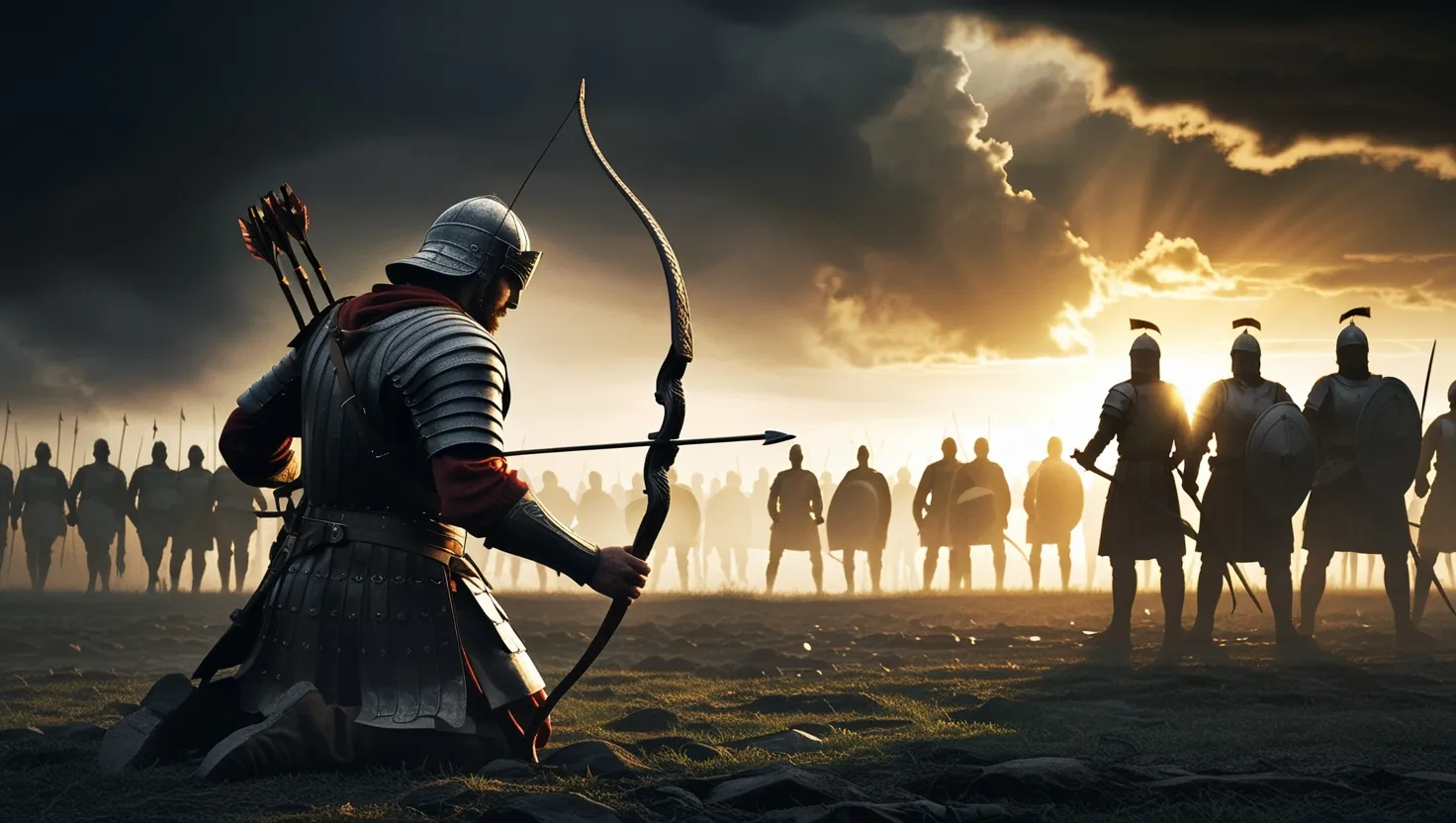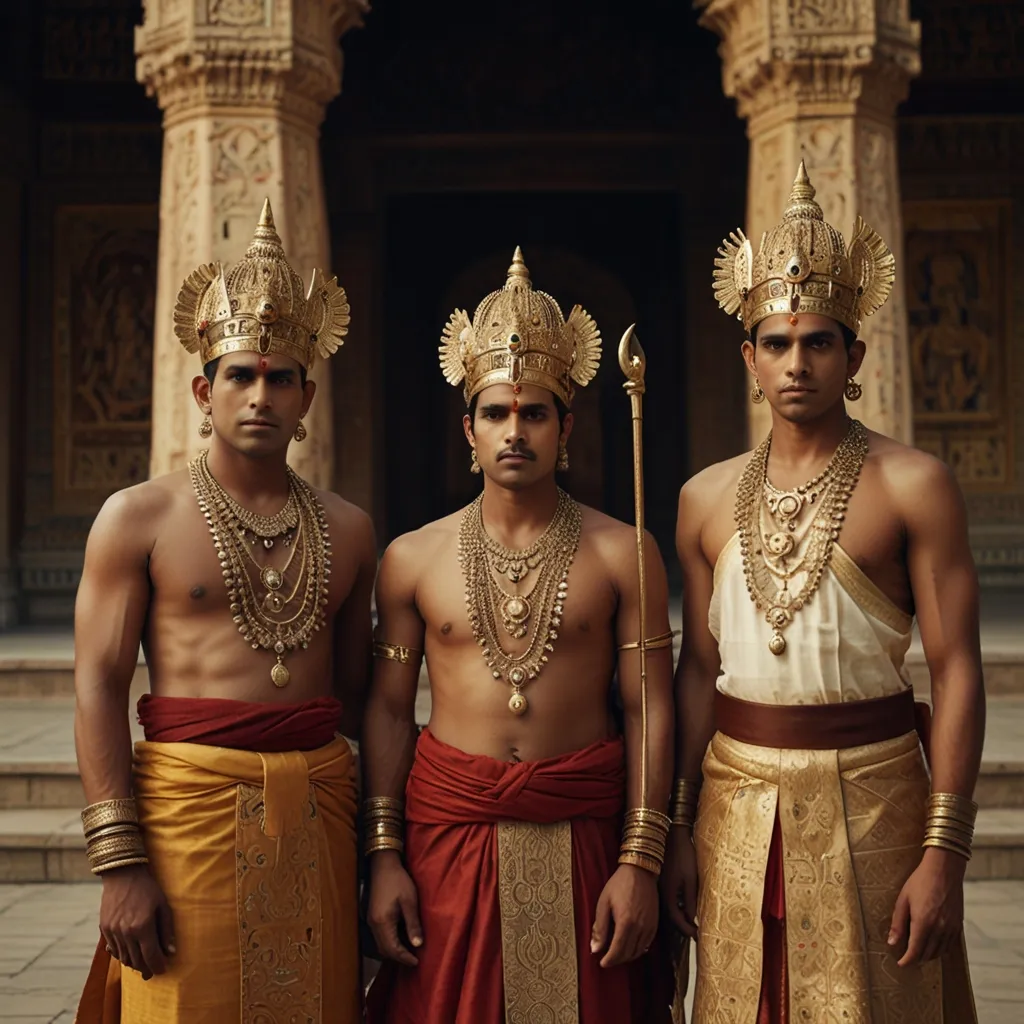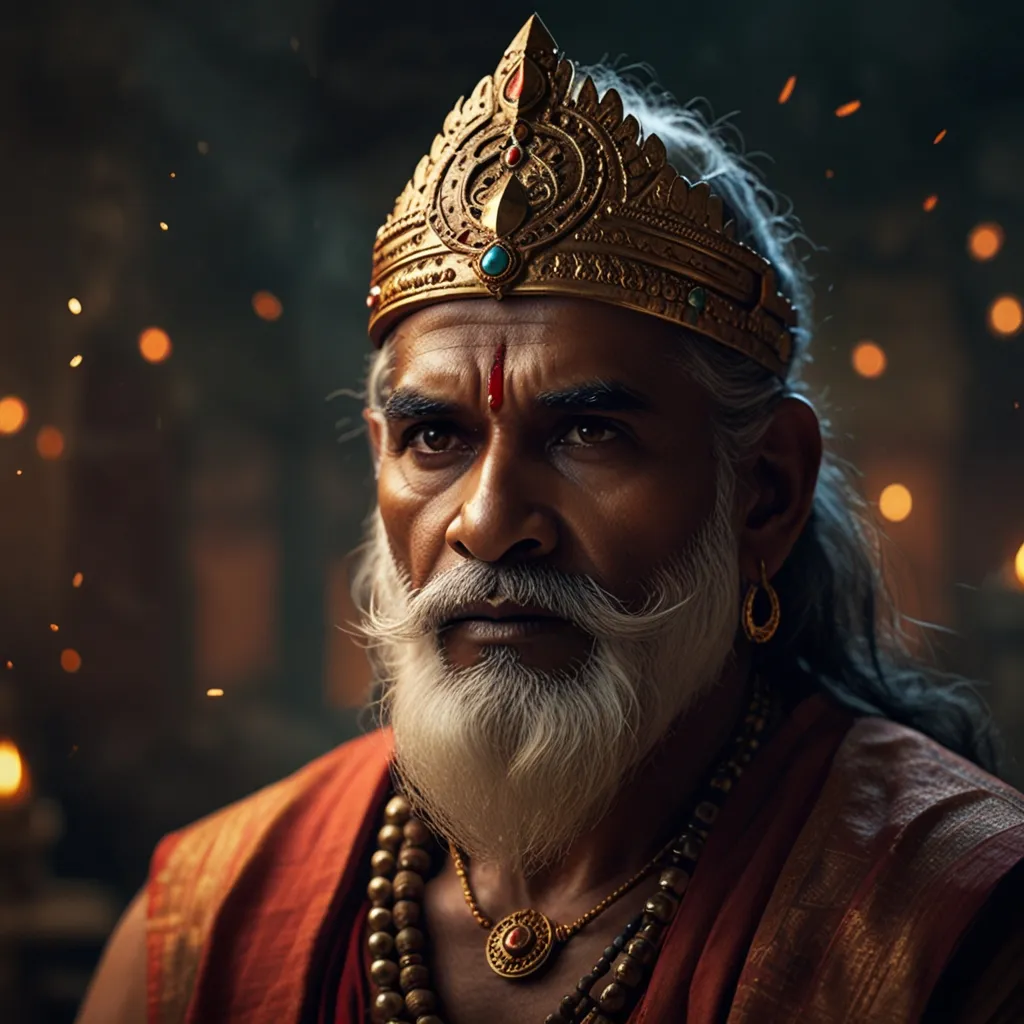Imagine standing at the heart of a battlefield, torn not just by weapons, but by questions that shake you to your core. That’s where Arjuna stood. And that’s where the Gita begins to speak—not to distant saints, but to each of us who have ever had to choose between ideals and necessity, peace and action, heart and mind.
What fascinates me is how the Gita never flinched from messiness. Arjuna’s breakdown at Kurukshetra isn’t a sign of weakness, but a rare moment of honesty. It was as if the poet wanted to show, even the greatest have moments when their philosophies stagger beneath the jobs they must do. When Arjuna drops his famous bow, refusing to fight his uncles and teachers, it doesn’t set up a lesson—rather, it sets up a conversation. The battlefield wasn’t just strewn with bodies, but with doubts, fears, and that raw ache of doing what feels impossible.
“Man is made by his belief. As he believes, so he is.” I love how this ancient line challenges everything. Can you really act with absolute detachment, as Krishna recommends? Or do you, like Arjuna, always find a piece of yourself tangled up in the result, unable to let go?
For all its spiritual philosophy, the Gita’s wisdom meets reality at every step. Arjuna asks questions many of us would never dare say aloud. What if I can’t live up to my values? What if my duty destroys what I love? The answers Krishna offers are subtle. He doesn’t ask for blind acceptance. He tells Arjuna to use his discernment—to reflect, even to doubt. In many ways, the Gita is less a manual, more a dialogue, a challenge to keep questioning your own motivations.
“Perform your obligatory duty, because action is indeed better than inaction.” The Gita’s stress on action rings clear—but it’s hardly ever simple. Look, for example, at Bhima. The textbook would say: act without attachment. Bhima, however, lets anger steer him, hammer in hand, vengeance soaking each blow. It’s easy, from the outside, to judge, but how many of us act in pure detachment when provoked or wronged?
Yudhishthira often gets painted as the paragon of righteousness, the man who never bends the rules. Yet when war’s demands become unbearable, he lies to Drona, knowing that deception is the only way to bring down a great warrior. This isn’t spiritual idealism—it’s survival amid chaos. I sometimes wonder, does the Gita condone this, or simply acknowledge that ideals don’t always survive perfectly in real life?
Let me ask: Have you ever said something against your principles, because silence would cost too much? The Pandavas’ war is a reminder that “absolute” isn’t always possible, that sometimes, moral choices grow cloudy.
The character that draws me most is Draupadi. Here’s a woman who watched justice break down, felt humiliation seep into every part of her being. Krishna’s doctrine of letting go meets its fiercest test in her. Draupadi refuses to tie her hair until vengeance is complete. Her journey invites us to ask: how do you forgive an injury too great to forget? Is detachment an escape or a genuine path to freedom?
“Now I am become Death, the destroyer of worlds.” Robert Oppenheimer famously recalled the Gita at the first atomic bomb test. The Gita’s view of duty isn’t neat or tranquil. Sometimes, right action means carrying a terrible burden. Detachment isn’t indifference—it means staying present when everything in you wants to run.
Karna remains an unforgettable study of divided loyalties. The world knows him as generous, noble, yet he fights for the wrong cause, driven by friendship and a longing for dignity. He understands duty—in theory. In practice, he is trapped by past choices, debts unpaid, and promises given in desperate moments. It’s easy to judge him, but haven’t most of us felt unable to follow what we know to be true, tugged by circumstance or gratitude? Karna’s life suggests that even those who see the path sometimes can’t walk it.
As I reflect on the Pandavas’ last journey—walking into the mountains, one by one collapsing under the weight of their unresolved desires—I realize the Gita’s real lesson might be much more raw and practical than I first thought. The only one to reach the end is Yudhishthira, more stoic than saintly, almost resigned. His siblings fall to pride, anger, unresolved longing. The epic doesn’t punish them with fire or brimstone; instead, it quietly notes how attachment weakens resolve.
“Yoga is the journey of the self, through the self, to the self.” Do you notice how the Gita’s language folds inward like this? As if, in the end, each struggle is with one’s own nature. The Gita isn’t selling an escape from obligation but asking: how do we transform our approach so that action itself becomes a kind of freedom, not a chain?
What often escapes notice is that Krishna never guarantees happy endings for those who live by Gita’s ideals. Victory comes at a harrowing cost. Loss is everywhere—brothers dead, kingdoms burned, innocence lost. The Gita’s teaching is meant more for those inevitable storms than for calm seas.
Krishna’s call to “do your duty, but do not concern yourself with the fruit of your actions” seems almost paradoxical. In a world obsessed with results, is this even possible? In my experience, the trick lies not in never caring, but in learning to return, again and again, to the work itself—finding purpose in the doing, not just in the reward. Maybe the Gita isn’t about being perfect, but about cultivating a practice: you will slip, get attached, stumble back. What matters is returning to action with awareness a little brighter than before.
Let’s consider another angle. Krishna’s push for “detached action” is not inertia or fatalism. It’s about engagement—fierce, total participation, but without needing to own the outcome. This offers a curious freedom, the kind that lets innovation, unexpected results, and genuine learning happen. The Gita doesn’t demand passivity; it asks for presence.
Gandhi often spoke of the Gita as his “spiritual dictionary.” What did he find there? Not nonviolence in a literal sense, but a way to face fear, take decisive action, and surrender control over everything beyond that action. He returned to the Gita during conflicts and doubt, not for assurance of victory but for clarity about what must be done.
It’s easy to miss that the Gita wasn’t delivered in an ashram. Its teachings sprang up in a war zone, in the dirt, noise, and uncertainty. That’s why, every time life gets messy—when ambitions clash with ethics, when family, friendship, and duty collide—I find myself drawn again to its central questions. How do you know your duty? How much does your intention matter if your actions bring pain? Is it possible to live with full commitment, yet with open hands?
Sometimes, the greatest wisdom comes not from perfect saints, but from those who strive, fail, and rise to try again. The Mahabharata never presents its characters as flawless exemplars. Quite the opposite—their struggles make the Gita’s ideals feel alive.
The most radical lesson is perhaps this: It’s the effort to align action with insight that counts, not the achievement of spotless virtue. Life isn’t set up to reward pure ideals with instant peace. But in the trying—in the hard, stubborn, honest wrestling with one’s own shadow—the Gita claims transformation is possible.
“Let a man lift himself by his own self alone, and let him not lower himself; for this self alone is the friend of oneself, and this self alone is the enemy of oneself.” The struggle is personal, relentless, and ultimately, unspectacular. No one can do it for you.
What does it mean, then, to live the Gita today? For me, it is to remember that moral clarity often emerges in moments of confusion. That the chaos of living does not make spiritual effort futile—it makes it essential. That you can hold on to ideals even as you wrestle imperfectly with the world’s demands.
Which character do you see yourself in? Do you wish for Draupadi’s unwavering fire, Arjuna’s persistent questioning, or Yudhishthira’s weary steadiness? Maybe, at different times, you pass through all of them. The Gita lets us know that the path is wide enough for all these shades.
When I return to the Gita, I don’t look for escape from life’s difficulty. I find a companion that sits with me in the thick of it, urging not perfection, but honest engagement. Our lives may never play across a battlefield lined with chariots and conch shells, but the challenge remains the same: to act well, let go, and begin again, every single day.






